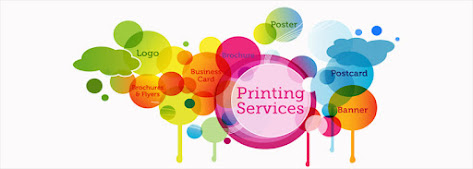Booklet Printing
Booklet printing is the everyday means to print documents, presentations, business documents, and even photographs for customers. Its process involves binding together a group of printed items of varied sizes and using a printer that prints the items via a roller or press. Most printers require no extra equipment when printing booklet printing. However, when printing a booklet with your own printer, it pays to consider some tips in order to produce the best quality products. Below are a few considerations to help you maximize your booklet printing experience.
Consider your design. There are many diverse options available to those who would like to print booklets. Your choices include full color, matte or glossy finish, single fold or multifold cards, card stock, premium card stock, heavy paper stock, plastic stock, and other various types of material. It pays to think about how a particular booklet printing option will work in relation to your overall business strategy. For instance, if you want to produce simple, direct-to-the-hand direct marketing cards, which often go out of circulation after just a few issues, then using full-color printer booklets is highly recommended.
Print Booklet Printing on high-quality card stock. Thick, long-lasting card stock is best for booklet printing because it will not wear easily. The thick card stock will not crease and can withstand a lot of use. When it comes to booklet printing, many businesses do not print enough cards for their projected usage. Using thick, long-lasting printer cards in your booklet printing will ensure you will not run out of stock and reduce your printing costs.
Do not use two different-sized hole cards. If you want to print a booklet that has one side thicker than the other, do not do it. Printing a booklet of varying widths with two different-sized hole cards will produce an irregular look and could give your booklet an unprofessional appearance. One side of the card should be of consistent size (usually eight-by-twelve-inch size) and the other side smaller (around four-by-six-inch size).
Do not print booklets that have badly written text or bad grammar. Even if the Booklet Printing service you use offers good proofreading, you might still have to edit the text yourself. Many companies also offer editing services when you order your booklet printing. Make sure that the people who will be working on your booklet printing copy your work carefully to make sure it's error-free.
Check the alignment of your photos. Many printers do not automatically align the photos; so make sure you check the alignment of the photos before ordering your booklet printing. The best way to check for alignment is by looking at the back or inside pages. Is the photo arranged in the proper orientation? If not, you may want to request some photos from be printed in the correct orientation. Another important thing to look into is the paper stock that you're going to use with your booklet printing project.
You'll find various kinds of paper stock available in the market. Some are glossy, some are plain paper stock and some are heavy paper stock. As a business owner, it's best to stick with thicker paper stock because this will help to propel your message across to your target audience. When it comes to booklet printing, it's important to know the date published. Most online printers list the date printed on the cover of the booklet. But if you don't know the date, it's okay to simply ask them. They'll be able to provide you with the date printed on each page of the booklets they have in stock. This will help you determine whether you have enough material to print booklets for every date published or not.




Comments
Post a Comment